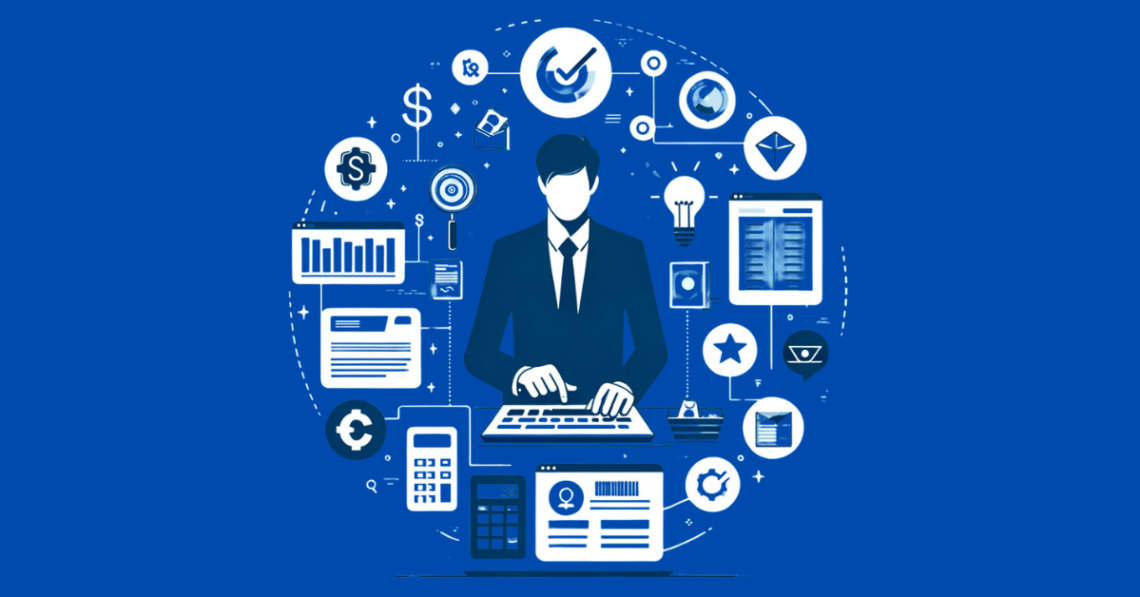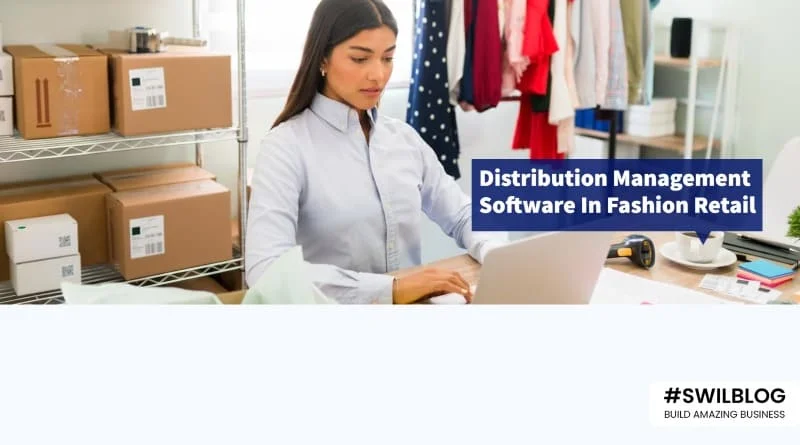According to studies, the FMCG sector was estimated to be worth $10,020.0 billion in 2017 and is expected to grow to $ 15,361.8 billion by 2025. An industry of size, with billions of dollars in revenue, might have well-organized financial matters.
However, even the largest corporations in the world still struggle with proper spending management. Every organization is well aware of its current and projected income. However, the systems don’t provide the same amount of administration and control when it comes to expenditure.
This occurs for a variety of reasons, such as standards not being upheld due to the numerous operational outlets and field personnel across the nation. It becomes difficult to keep track of every employee who makes sporadic small purchases with their own money for travel, food, lodging, etc., and it becomes even more difficult for the employees to save all the receipts, submit them with their expense reports, and then patiently wait for weeks or months to be reimbursed.
Other costs, such as those related to sales and marketing, can experience leaks as a result of ineffective use. All of this adds up and over time can be very expensive for an FMCG brand.
Here, staff expense management software like SWIL, which provides total control and tracking capabilities over all expenditures made from the corporate budgets, can help them significantly reduce costs. Discover the most frequent spending issues FMCG companies have in the next paragraphs, along with how a spend management solution may assist bridge these gaps.
4 Limitations FMCG Firms Encounter When Controlling Costs
1. lack of spending transparency
The inability to track and monitor spending budgets is the largest drawback of not using expense management software. It’s challenging to maximize its use when you can’t see how your staff are using their budgets. You can never be certain that your staff are following the expense policies when you can see what the budget is being used for. Although it’s possible that this isn’t always the case, it could result in people stealing from the budget.
2. Lack of updated policies
Regular updates to company cost policies are essential to preventing compliance problems. Employees that submit expense reports requesting reimbursements for purchases the company does not cover will be discovered by your accountants. Finding out that they won’t be getting the money back after spending it in the mistaken belief that the expense would be reimbursed is not only a bother for the finance department, but it is also demoralizing and frustrating for the employees.
3. Data entry manually
In the conventional approach to managing expenses, accountants manually enter each business expense that employees submit to them. This technique takes a lot of time and is prone to mistakes. False expense claims, missing receipts, and expenses that don’t comply with the expense policy are just a few of the numerous potential problems.
All of these issues slow down the accounting procedure by delaying the closing of the business’s books, impeding the auditing process, and immediately hurting the brand’s financial health.
4. Unhappy workers
Employee dissatisfaction may result if your sales and marketing teams use personal finances to perform work-related travel, lodging, meals, and purchases of certain services. Since the employees must submit their expense reports and the appropriate receipts at the end of each month, it takes a while for the accounts team to process them and return the money, and these out-of-pocket costs are difficult to recover. Given the size of an FMCG company, it may take many months for the money to be reimbursed and then ultimately appear in the team members’ bank accounts.
Advantages of using business expense management software for FMCG companies
1. Avoid fraud and mistakes
Tracking is only the first step toward budget control. You can control who can spend how much with SWIL by setting limits and creating approval workflows. Our platform provides a physical card and an unlimited number of virtual cards to each registered employee of yours on our platform. As an administrator on our portal, you can set spending limits for each employee’s card.
You can further control an employee’s spending by setting up approval systems for purchases over a certain amount. For example, if an employee wishes to spend more than $100, a notification will be sent to a team lead or manager, who will approve or reject the payment.
2. Save both money and time
It goes without saying, but we’ll say it anyway. The amount of money and time that an FMCG company’s accounts department could save by using expense system software would literally make them rich. Not only does increased transparency reduce costs, but it also aids the finance team in better financial planning and forecasting.
3. Cut down on paperwork
Your employees will no longer have to worry about saving all of their expense receipts, and your finance team will no longer have to physically collect, organize, and store them. The expense management app allows your employees to report an expense in real-time directly through their mobile app by attaching a picture of the receipt to the relevant purchase. This also allows them to be reimbursed more quickly.
4. Increase precision
You can probably imagine the number of errors that will occur with so much paperwork involved in the traditional expense management process. We all make mistakes, and every accountant is human at the end of the day. As a result, there are bound to be expenses that slip through the cracks, such as missing receipts, unaccounted expenses, and so on. You can eliminate all of this by opting for an automated expense management system.
Frequently Asked Questions-
1. How much does expense management software cost?
The price of expense management software will vary depending on the features that are included and the level of customization that is required. However, most online applications range in price from $50-$500 per month.
2. Why use expense management software?
Expense management software can be a great way to keep track of your expenses and stay on budget. Additionally, it can help you to optimize your spending so that you are getting the most value for your money. By tracking all of your expenses in one place, you will be able to see where costs are being allocated and which areas could use some improvement.
3. Benefits of expense management software
One of the benefits of expense management software is that it can help to keep your finances organized and manage your spending. This can save you time and money in the long run because it makes budgeting easier, tracking more accurate, and reduces unnecessary costs.
In addition to financial savings, expense management software also offers other advantages such as better insight into where your money is going, increased productivity due to improved work-life balance, stress relief through decreased anxiety about finances, and peace of mind from knowing that you’re taking steps towards a secure financial future.
So if cost control is one of your top priorities, then a good expense management program may be what you need.
Conclusion
This expense management software is simple yet accurate based on our experience managing thousands of expense reports for clients. The dashboard keeps everything in one place and helps users quickly identify where they are overspending or undercharging.
Most business owners also need to keep track of their expenses and manage their cash flow efficiently. As such, SWIL has developed expense management software that helps business owners organize all expenses in an efficient manner.
With the right business expense management software, you can save huge amounts of time and money by automating your expense reports. By outsourcing this task to a tool like ours, you can focus more on making profits instead of accounting.








